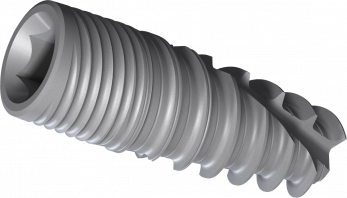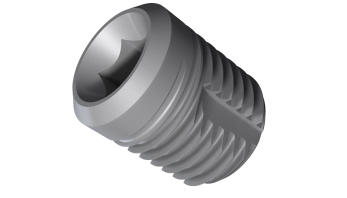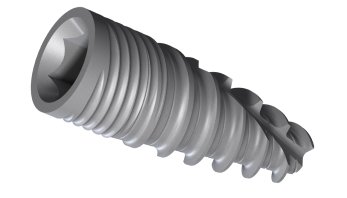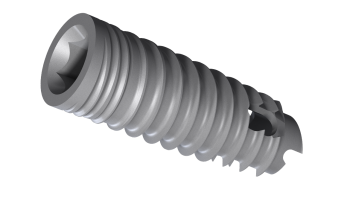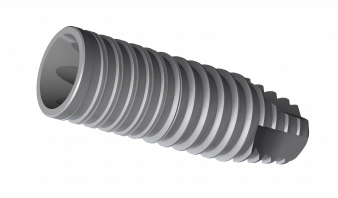A self-cutting implant that compacts bone tissue, increases stability, is suitable for most clinical cases
Best Dental Implants System in the World
Prime
A series of stable and long-term implants recommended for installation in various clinical cases
Short
Shortened implants are used with insufficient bone quality and a small height of the alveolar bone
Maximum
A cone-shaped implant with aggressive thread. Recommended for single-stage implantation in the molar region.
Effective+
Self-cutting implant with cavity and through holes. Due to the original design, the bone tissue is less injured and lost.
FX-S
A serrated cylindrical implant with a self-tapping structure for two-stage implantation. SMART micro-rough surface
Want to learn more about the products? Download catalogue
